This article is written by Santiago Arias R. on behalf of Icare Sustainably International. Edited by Rianne Doller.
The bicycle has the enormous potential to establish points of contact with almost all SDGs: This is not an exaggeration. It contributes to economic independence in contexts of poverty, as it breaks spatial gaps in terms of mobility in urban or rural contexts while presenting itself as an economic income tool and promoting a culture of healthy habits. It operates not only as a tool but as a language in itself to discuss with actions gender gaps, inequality in access to knowledge, smart and sustainable forms of mobility that reduce our carbon footprint. It strengthens collectives that think of innovative ways to design and plan our cities, it strongly questions our culture of production and consumption, and if that were not enough, its democratic principle links it with a discourse conducive to the promotion and construction of peace in contexts of war, as is the Colombian case.
The case study of this article was successfully implemented in Bogotá Colombia in 2020. Icare Sustainably plans to replicate the project in Kenya in 2022.
Find other articles about progress towards the SDGs here: Articles Icare Sustainably.
Table of Contents
1. Introduction: Changing the world one pedal at a time
“The bicycle is probably the most democratic means of transportation there is.”
-Santiago Arias R.
Sixty-seven days after his inauguration, Donald J. Trump, the 45th President of the United States of America, signed an executive order confirming at the political and governmental level what had been only a marginal element of the speech that would help him win the election: a “new era” in energy production is beginning, and government intervention in the fossil fuel industry is being reduced.
Through the public and private sector, it will no longer be an obligation to take climate change and its effects into account in decision making. The tap of CO2 emissions is more open than ever.
Rent maximization will cover the entire spectrum in which corporate social responsibility, ethics and environmental preservation have scope for action.
Despite Trump’s protectionist discourse, many analysts refused to predict that such an undertaking would imply a deliberate denial of climate change, since the environmentalist discourse is progressively gaining followers beyond the non-governmental organizations that take it as a banner, under the impulse of the platform represented by the UN. They were wrong.
Despite the historic agreements reached at the COP21 in 2015 held in Paris, continued in Marrakech in 2016, to which even the United States, a deviant agent in Kyoto, embraced; the Trump administration turned in the opposite direction and makes it evident today more than ever, that the fight for humanity and its coming generations is the terrain for others. Those who will live in an unbreathable future, wondering what the humans of this century did or omitted to do.
1.2: Bicycles to the rescue; 600.000 trips a day in Bogotá
Faced with this disconcerting scenario, resistance appears on two wheels. For 2016, the city of Guadalajara in Mexico reported on average 212 thousand bicycle trips per day, Rio de Janeiro in Brazil, 217 thousand. Mexico City, 433 thousand and Santiago de Chile, 510 thousand.
It is in Bogotá, Colombia where the highest number of daily bicycle trips is registered: more than 600 thousand. In fact, these figures allow us to propose a pattern between the search for alternative means of transport in cities with considerable mobility problems, and in some cases, high costs in bus or subway fares; even when cities like Santiago de Chile and Bogota top the 2014 Urban Mobility Index.
But these two cities, which rank 30th and 32nd in the world index headed by Hong Kong, present realities that radically contrast with perfect mobility systems on a daily basis.
Although the Index considers aspects such as the level of integration of its means of transport (multimodality) between bus, metro, streetcar and bicycle use, including the controversial Uber service, it seems to ignore issues so close to ordinary citizens, such as service quality, cost and safety.

2. Santiago and Bogotá; two cities, similar problems
A Chilean university students remarks about public transport in the Chilean capital, Santiago:
“the cost of the service is too high in relation to the minimum wage. It is almost 20% of the minimum wage. In terms of user comfort, it can be said that it meets the minimum requirements for all types of people who use transportation. The main flaw of the system is the frequency of the buses and the small number that circulate around the city, which in turn leads to over-occupation of the metro.”
This he told to EDP and seems to describe the Bogotá transport system as well.
Transmilenio is the mass public transportation system of the Colombian capital, and it is in crisis. To the serious problems of overcrowding (stations with circulation of between 30 and 50 passengers per minute), overdemand (40 percent increase in the number of users since 2012), and route delays; add the fare increase, one of the most expensive in Latin America, which increased 22 percent between 2016 and 2017, costing more than 75 USD. An average Bogotano (the city’s popular gentility) who earns a monthly minimum wage close to 257 USD (2017 data), would have to allocate almost 15 percent of it for daily transportation in an unbearable and potentially unviable system in the future.
The problem is particularly complex, given that the system registers more than 2,600,000 trips per day. It mobilizes almost a third of a city with more than 8 million inhabitants. In addition, Bogotá, unlike other large cities in the region, does not have an elevated or subway metro system. A major backwardness in terms of mobility in this century.
Thus, it seems that public policies promoted from the spheres of local power and pressured in their execution by civil society, have partially complied in terms of alternatives and multimodality, but seem to be failing in everything else.
3. Death in the air: the most polluted cities in Latin-America
Last year, the World Health Organization (WHO) presented a study comparing air quality in almost 3,000 cities in more than 103 countries. One of the worrying assertions made in the study, entitled Global Urban Ambient Air Pollution Database, reveals a major environmental problem: 80 percent of people living in urban areas around the world breathe air that is too polluted. The WHO expects that a city should not exceed an annual average airborne particulate matter concentration of 10 microns (PM10 on average) and 2.5 microns (PM10 on average).
The study shows the top 10 most polluted cities in Latin America, from which the Chilean protagonism stands out: five of its cities have air pollution levels that exceed 75 PM10 in Roncagua and Coyhaique. The complete list is as follows:
- Santa Gertrudes, Brazil.
- Lima, Peru.
- Monterrey, Mexico.
- La Paz, Bolivia.
- Toluca, Mexico.
- San Salvador, El Salvador.
- Rancagua and Coyhaique, both in Chile.
- Santo Domingo, Ecuador and Cubatao, Brazil.
- Andacoyo, Chile.
- Santiago and Padre de las Casas, both in Chile.
The curious thing about the relationship between cities with internationally recognized good mobility systems and pollution stands out particularly in the city of Medellín, Colombia: the city’s metro and Metrocable manage to connect even the most marginal points and their peripheries with the center. The system is an example of mobility for the chaotic example of Bogotá, discussed here earlier. Even so, Medellín is the most polluted city in Colombia, largely due to the city’s exponential growth and the increase in a vehicle fleet dependent almost exclusively on fossil fuels such as gasoline. With 2.5 million inhabitants, some areas of the city have been put on orange alert, and a few others are on red alert, due to the imminent negative effects of breathing the air of what is known as the “silver bowl” and which some are now beginning to call the “filth bowl”.
4. How bicycles can solve transportation issues: Beyond infrastructure
Lima in Peru, Mexico City, Rio de Janeiro and Sao Paulo in Brazil, and Caracas in Venezuela present, like Santiago and Bogota, considerable mobility problems, but public policies have bet on the use of bicycles as a solution strategy to achieve more friendly, livable and humane cities.
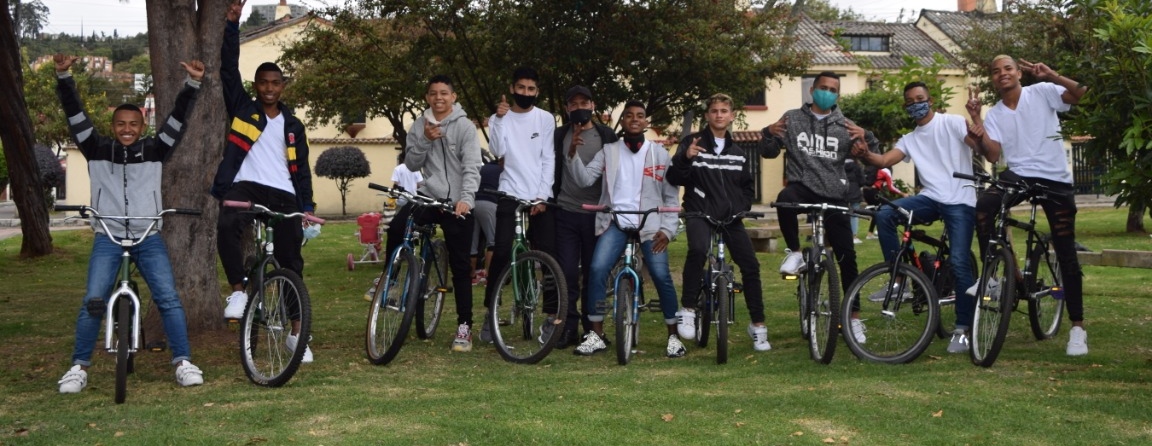
In 2015, the Inter-American Development Bank conducted a study on 56 Latin American cities in order to promote the use of bicycles in the region.
Bogota in Colombia, Santiago in Chile and Rosario in Argentina have the highest rates of bicycle use. The study also mentions which cities have the greatest cycling infrastructure in terms of number of kilometers:
- Bogotá: 392.
- Rio de Janeiro: 307.
- Sao Paulo: 270.
- Santiago, Chile: 236.
- Lima: 141.
It is also stated that Mexico City has the highest number of bicycles available to the public (a total of 4,000). However, the rate per inhabitant is higher in Rio de Janeiro (4 bicycles per 10,000 people).
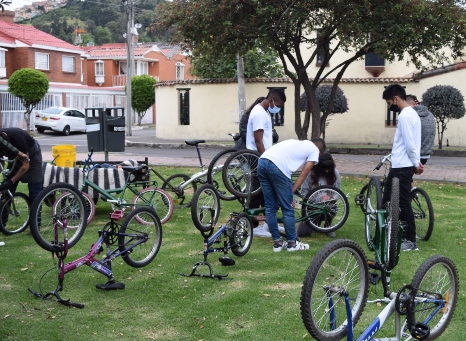
Even when public policies support infrastructure and public access, building a culture around the use of bicycles involves many elements, in which only one Latin American city stands out according to the independent study Copenhagenize Index 2015: Buenos Aires, Argentina.
Ranked 14th in the index, the city stands out for its vehicle rental system, the implementation of 140 kilometers of bicycle lanes, the safety of cycling in the city and the widespread social acceptance of bicycle use. Buenos Aires’ commitment has been more complete than in other cases in the region, and that is why the Argentine capital is considered the most bicycle-friendly city in Latin America.
4.2: The bicycle as democratic weapon
The bicycle is probably the most democratic means of transport that exists. It can be accessed from USD 50 and up, which represents a financial strategy in itself in the face of the income, environmental and mobility issues discussed here. It is democracy and equality on two wheels.
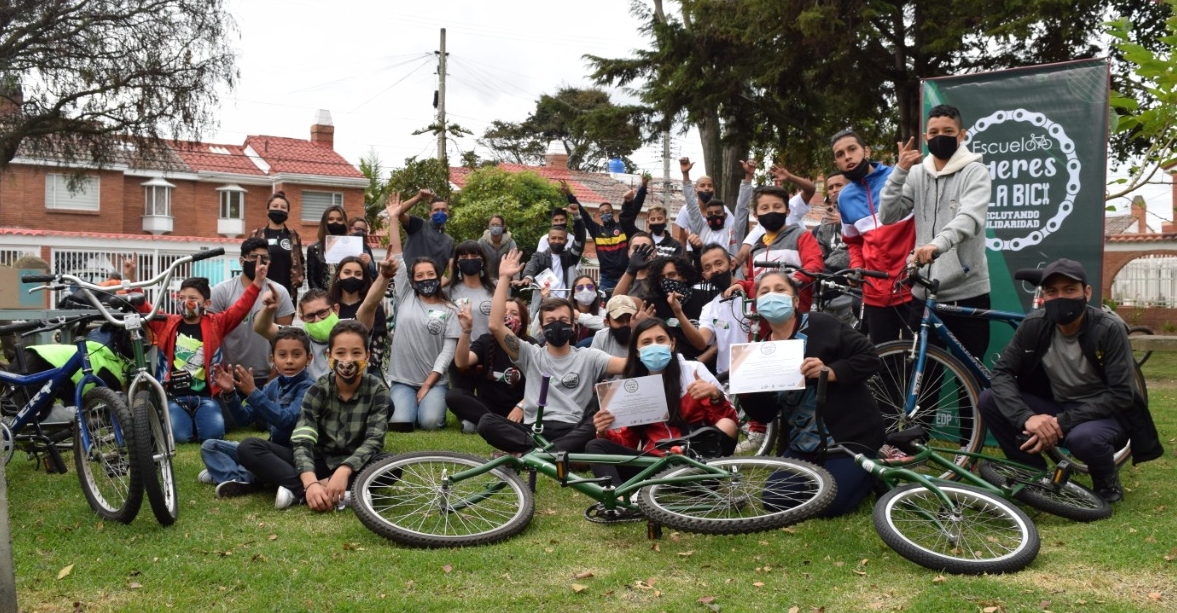
That is why in Latin America one does not buy a bicycle: one invests in it. You invest in it because it does not require the use of gasoline and, given the exponential trend of increase of bicycle users in the countries of the region, the environmental impact in improving air quality may not take many years to be relevant. Not to mention that with its use, cities bottled up by endless lines of cars moving at 20 kilometers per hour, or less, breathe a little. We invest because we combat stress, we exercise, we take care of the planet and we save money, all by pedaling.
A city that is transported by bicycle is a city that is constantly rethinking and evaluating itself, that is giving time and manoeuvring space for the design and execution of public policies on mobility and citizen culture, impossible to carry out when, as in the case of Bogota, CDMX or Lima, everything seems to be overflowing.
According to Juan Pablo Bejarano, founder of the Colombian organization Fundación Tortuga, whose main objective is social transformation based on the use of bicycles, this represents a fundamental tool for democratizing cities, but at the same time presents latent challenges:
“Even if the city is heavily polluted, the health benefits outweigh all the polluted air a cyclist has to breathe. Cycling is seen in all social classes. We should really focus on working with low-income populations, both in terms of promotion and good service. As an example, a study conducted in Bogota by the National University, indicates that a person of socio-economic stratum 1 to 3, on average must travel 1.5 km to find a suitable space to park his bike; on the other hand, a person between stratum 5 to 6, must travel 500 meters. And although the bike is a trend, it is also the way in which many people decide between their daily food or mobility.”
Every political scientist should be a daily user of the bicycle to get around because it symbolically and practically controverts the traditional mandate of the automobile as a means of transportation, in times where climate change is the prelude to an uncertain future, which despite what we thought, will not come due to the effects of a catastrophic world war or the nuclear threat of the cold war story. Air that cannot be breathed, water that cannot be drunk, great migrations due to floods caused by polar melting. Calculating the immediate effects would not be so difficult.
5. CASE-STUDY: Recovering bicycles to save the world
The covid-19 pandemic was declared in March 2020. Faced with the novelty of a fact that neither my generation (nor others) had experienced in life, living in Argentina, I met virtually (as it could not be otherwise in this new normality) with two old friends living in Colombia and Spain.
We asked ourselves, what can we do so that uncertainty, fear and paranoia do not freeze us? Juan Pablo Bejarano (political scientist like me), creator and director of Biciclaje (a play on words in Spanish between bicycle and recycling), had already brought with him for years the experience of collecting disused bicycles, recovering them with the greatest possible reduction of costs, and putting them back into circulation through the mechanism of donations to vulnerable populations in various parts of his country and mine, Colombia.
On the other hand, Lola Chaves (designer by profession and activist on the use of bicycles with a gender perspective) in Barcelona. Also of Colombian origin, Lola is the director of Fundación CIVITA, an organization whose motto is ‘teach to learn’. It promotes the transformation of cities and their public space in an equitable way by promoting the bicycle as a tool for change.


And finally, me, wanting to add the muscle of digital communication through my platform Es De Politólogos (EDP) (the closest translation to English would be something like ‘about Political Scientists’). EDP is a digital political communication platform that disseminates, within the discipline of political science, urgent debates regarding politics, history, economics and culture to large organic niche audiences in Spanish-speaking countries.
5.1: How we mobilized the bicycle to close the political-economic divide increased during the pandemic
These three diverse forces and expertise came together for the single purpose of contributing ideas that would somehow resolve the physical distancing measures and biosecurity measures that this new pandemic world posed. We recognized that the pandemic deepened the contradictions of the hegemonic political-economic system. The deep socio-economic, knowledge and digital gaps became more obvious than ever. But, if the diagnosis is over portrayed by media, researchers, academics and intellectuals, the really important question was for action: What can we do from our micro universe of activism?
The bicycle was again presented to us as the obvious answer. Think for a second: if so many people are being affected economically in countries where, as we saw, the food-mobility dilemma is a gigantic daily weight on the shoulders of the average citizen, then the bicycle can arrive with its Superman cape to a) ensure that the physical distancing and biosecurity measures so promoted by the WHO are met in the face of the impossibility of reopening major public transport systems, and with that b) reactivate the economy despite the isolation measures and programmed quarantines in force. Health, mobility and economy, not solved, but at least thought of with very cheap solutions.
Bike leaders school: recruiting solidarity
This is the name given to the project. In an attempt to redefine the word ‘recruitment’ in a country consumed with war with an armed conflict that has lasted already more than half a century. To turn darkness into light.
It was then that we presented the project to the Mayor’s Office of Bogotá. The project was accepted, and with it, some operating resources were allocated that allowed us to cover its execution during a period of approximately six months.
With this project something indispensable was added. Something that Biciclaje, in its several years of experience, had not found necessary. Everything was easier in the pre-pandemic world. What would that thing be?
Virtuality.
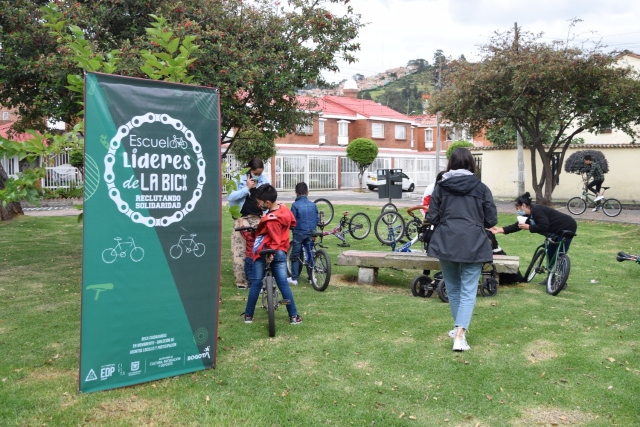
5.2: Reaching people where they are during the pandemic: In front of their screens
As we were aware that teleworking and home education had come to take over the global mass culture here and forever, we decided to link to the donation process, a pedagogical training exercise for the population to be benefited, which consisted in the design and production of virtual workshops and audiovisual content on the history of bicycle use, basic mechanics on its use and care, appropriation of space in the city and awareness of the rules of coexistence and safety. A complete package to make the beneficiaries, not simple charity recipients, but agents of change and replication of good practices.
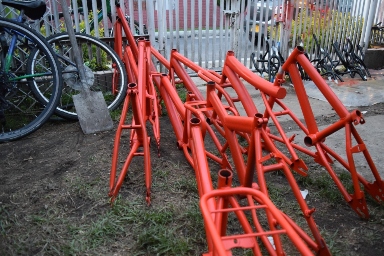
In the end, 70 people were able to receive the recovered bicycles and the training workshop with its four axes, completely free of charge.
It was very gratifying to see that we contributed from a small space but with great potential to the decommodification of access to mobility: The cocktail between a giant demand for bicycles together with the scarcity of raw materials required for their production has skyrocketed their commercial price. This growth in demand has been met with the greatest production difficulties that the bicycle industry has faced in recent history. To give just one example. Aluminium (the main material used to manufacture bicycle frames) has become a difficult material to acquire on a large scale. One reflection of this is the aluminium futures market, which is about to reach a 10-year high and which, since April 2020, has increased in price by more than 60%.
CONCLUSION: Recommendations for a better world
Reversing the processes that mark history is possible to the extent that citizenship is built around the tools we have. Everyday life offers us elements to subvert the enforcement dynamics that surround us in an effective way: the bicycle fulfills this function, as it is a valuable alternative from the local level, to generate a sustainable and alternative culture in our societies. To put in place a discourse coherent with the training received and the global challenges of which we are aware as political scientists, is intrinsic to the use of different ways of doing things, and using a bicycle on a daily basis is coherence in movement.
Donald Trump and the irresponsible turn that he is taking with a frank ignorance of the current climate phenomena can be reversed with Political Science. The public agenda is set. It only remains to understand as political scientists, that power can also go on two wheels, and driven by nothing more than ideas, and legs.
References
- https://esdepolitologos.com/
- https://www.adlittle.com/en/insights/viewpoints/urban-mobility-index-%E2%80%93-viewpoint
- https://publications.iadb.org/publications/spanish/document/Ciclo-inclusi%C3%B3n-en-Am%C3%A9rica-Latina-y-el-Caribe-Gu%C3%ADa-para-impulsar-el-uso-de-la-bicicleta.pdf
- https://copenhagenize.eu/news-archive/2019/5/21/copenhagenize-index-helping-cities-strengthen-cycling-policy-the-bern-story
- http://ieu.unal.edu.co/en/medios/noticias-del-ieu/item/por-que-los-ciclistas-no-usan-las-ciclorrutas
- https://www.despacio.org/wp-content/uploads/2013/11/Guia-cicloparqueaderos-nov2013.pdf
- http://escuelalideresbici.com/
- https://www.nytimes.com/2020/11/04/climate/paris-climate-agreement-trump.html
- https://theconversation.com/cycling-is-ten-times-more-important-than-electric-cars-for-reaching-net-zero-cities-157163?utm_source=twitter&utm_medium=bylinetwitterbutton&fbclid=IwAR1BAzIWX-CMLKvNWh-ySaqk_p3hSrLjayLVGDx2Sb1l4JIRk5JuKUs6yhs

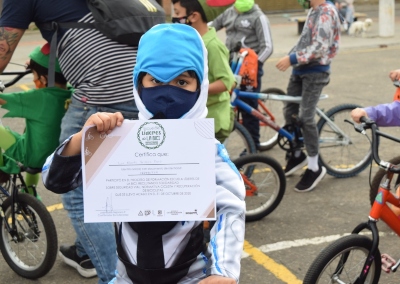
This is really worth emulating and replicating. Can you tell us a little bit more about the state of the roads in Colombia, is it biker friendly or is it still a challenge for many cyclists to navigate? Here in the capital of my country, biking is gaining traction/popularity due to the pandemic and/or fear of close contact with commuters. Some districts have implemented bike friendly zones, but navigating the busy streets remain a challenge for some of those who opt to use a bike to reach points A to B. Anyway, very insightful article.
Thanks for your question Isobel. Definetly we need to adapt cities more to bicycle transport, including Bogotá. However, maybe it is necessary to first create a ‘critical mass’ of people using the bicycle before city planners are interesting to take them into account.
How did the progress go in your country to implement bike-friendly zones?
I read the article with huge interest. That was a very insightful overview of public transport situation in Latin America. Also I found your work an informative look at the social, cultural, economic, environmental, even political benefits of investing in making cities bicycle friendly. It’s interesting to me how biking not only changes the urban experience but also makes urban scale more human maybe even increases the sense of belonging. It’s been nicely said how bottom-up initiatives can tackle large scale urban problems and meanwhile promote citizenship and democratise urban governance. Thanks for the article!
Thank you for the comment Reza. It is true that the bicycle is often seen as a simple tool, but is actually much much more. It’s interesting what you said about the sense of belonging and could be a good point to re-create communities
Bicycles used to be more popular as a form of exercise in my country rather than a form of transportation. However, since the start of Covid-19 pandemic last year, the increase in number of bicycle users has skyrocketed when public transportation has been very limited and of course there is always the fear of contracting the virus in a crowded and enclosed public vehicle. So, more and more people now here are using bicycle to get to and from work and I’m glad to see that the government has provided bicycle lanes in almost all over the metro to make it safer for the cyclists. This is a good read, indeed! Thank you!!
Thank you for the insightful comment Clarisse.
It is an interesting idea that the pandemic can ‘fuel’ the move towards more bicycle-oriented transportation and away from fossil-fuel based transportation. That would be a good shift.
Ey Santiago!
Excelente artículo!
You have written a very interesting article with many key points to get to know the situation. As other comment said, it was very insightful. Keep doing it!
Thanks Pilar for the great feedback!